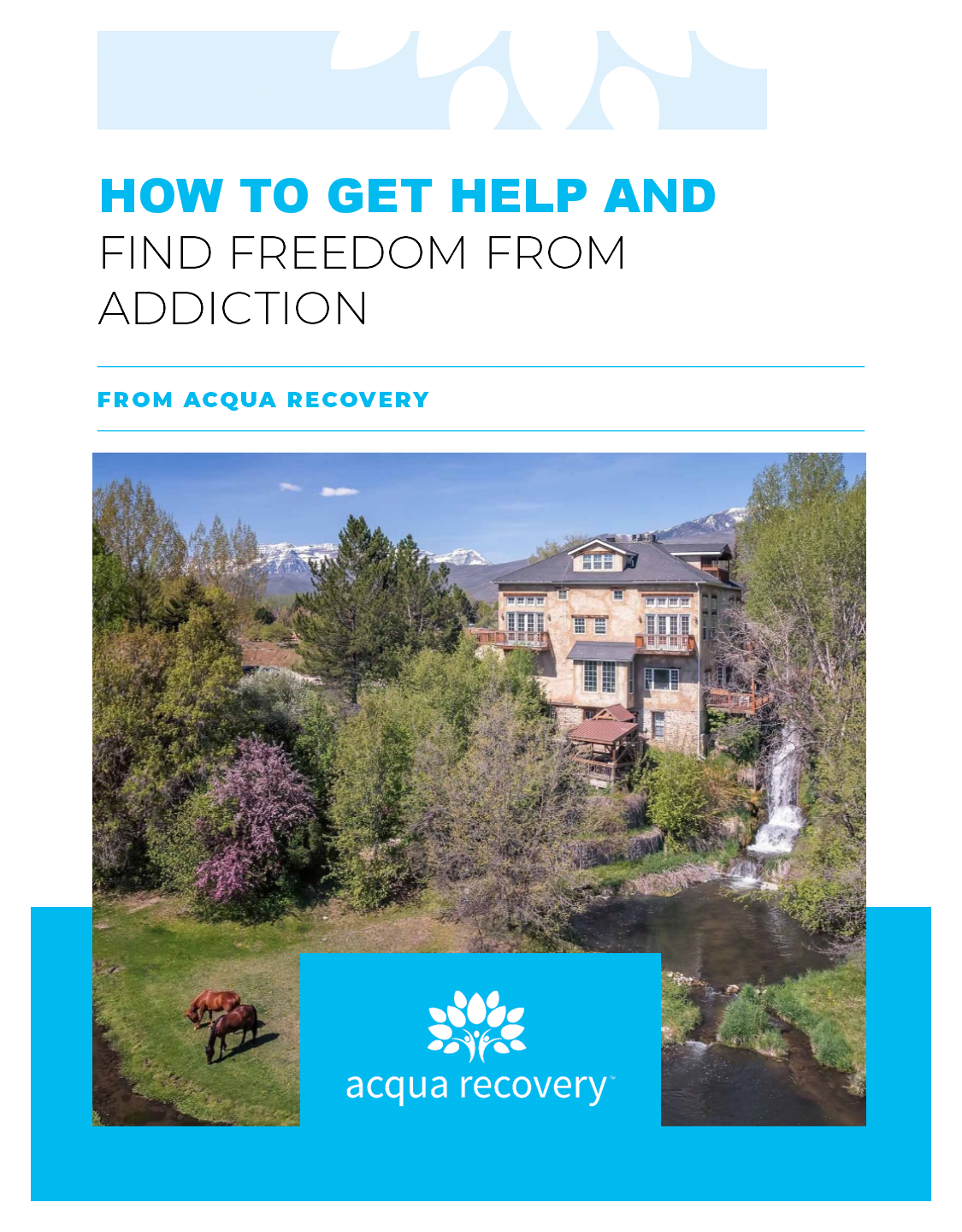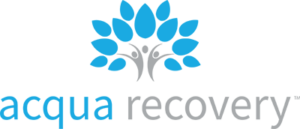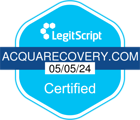Working while struggling with drug or alcohol addiction is a Catch-22: If you don’t seek help, you could be fired. Still, you might also believe that seeking help could cause you to lose your job as well. Caught between two difficult choices, indecision often wins out and you stay stuck in the vicious cycle of addiction.
Did you know, however, that you have the legal right to take time off of work to care for your health? More than 15 million Americans each year take advantage of the Family Medical Leave Act — and some of them, to get addiction treatment. Read on for more information about how you can take a leave of absence to get drug or alcohol addiction treatment.
Step 1: Understanding FMLA for Drug or Alcohol Addiction Treatment
The Family Medical Leave Act is a federal law that ensures workers can get up to twelve weeks of unpaid leave to care for their own health or that of a family member. Passed in 1993, it protects your job as long as you are pursuing treatment for a serious health condition. In most cases, drug or alcohol addiction qualifies, because the FMLA simply requires that your condition prevent you from doing your job duties well.
At the same time, however, it requires that your condition be treated intensively: either with inpatient care or recurring professional treatment. You can’t take time off just to sit on your couch; you must also be dedicated to getting better.
If you meet those conditions, you may be eligible for time off under FMLA as long as you fit the final conditions related to your job. To take time off under FMLA you must:
-
Work for a “covered employer”: Your employer must employ more than 50 employees for twenty or more work weeks in the last calendar year. Government agencies and schools are also covered.
-
Have worked for your employer for 12 months or more: These months do not have to be consecutive.
-
Have worked at least 1250 hours for your employer in the last twelve months
-
Work in an area where your employer has at least 50 employees within 75 miles
Even if you don’t think you qualify based on those conditions, it’s worth asking your HR rep or manager. There are some special circumstances under which small businesses with fewer than 50 employees must offer FMLA. In addition, there are many states that actually offer paid medical leave to employees.
The key factor to remember is this: You must be the one to ask for help. If you are struggling with addiction, your employer cannot fire you for seeking help. They can, however, fire you for poor performance if you do not.
Step 2: Understanding Drug & Alcohol Addiction Treatment
If you are ready to take a leave of absence from work to pursue addiction treatment, you do not need to figure out your treatment plan on your own. If you call a reputable drug or alcohol addiction treatment facility, their admissions team will listen to your story and give you an idea of what the appropriate course of action might be. They even may be able to handle details like alerting your employer or organizing transportation to treatment.
In most cases, if your addiction is severe enough for you to take time off of work under FMLA, you will likely be heading to residential addiction treatment. Residential addiction treatment can last anywhere from a few weeks to a few months depending on your treatment plan. From there, your team is likely to recommend intensive outpatient treatment, a partial hospitalization program, and/or sober living to help you get on your feet in recovery.
Even if you don’t take all 12 weeks of your FMLA leave up front, remember that you’re still eligible to take it later on in the year. For example, if you go to treatment for four weeks and return to work, you can choose to take an additional four weeks off after that to undergo intensive outpatient treatment. You’ll have the time and flexibility you need in order to get healthy.
Long-term recovery is key, both for your health and for your career: Your work cannot fire you for being a person in recovery, but if you relapse and your work suffers, you will not be protected.
Step 3: Start the Conversation About Drug & Alcohol Addiction Treatment Under FMLA
While it may seem overwhelming to navigate legal jargon, insurance claims, and HR, you don’t have to do it alone. All you need to do is make the decision to restart your life by picking up the phone or sending a chat. Once you reach out your hand, our caring team will be there to walk alongside you as you rebuild your life.
It takes time to unravel the lifetime of trauma and pain that underlies addiction, but we’re ready to walk that path with you. From here on out, you never have to go back.











